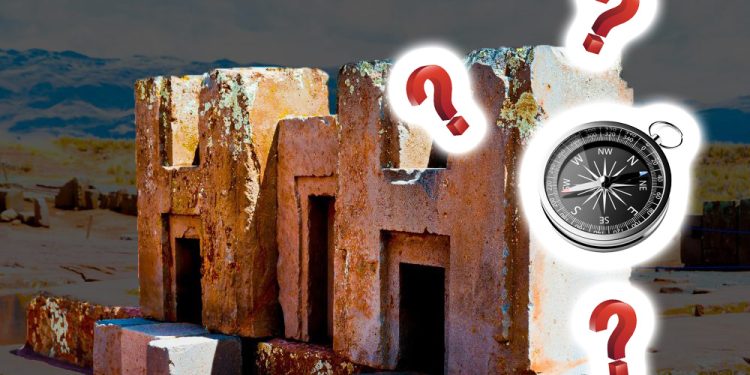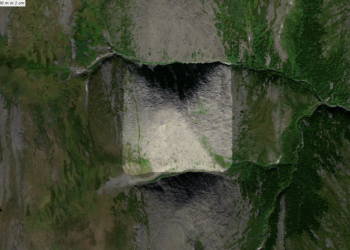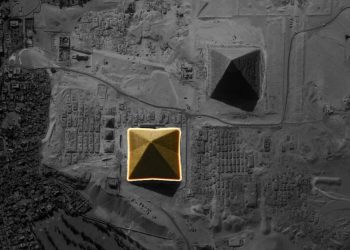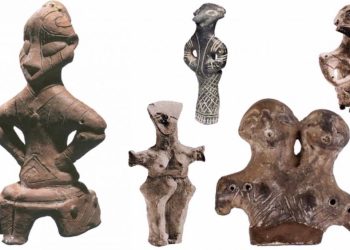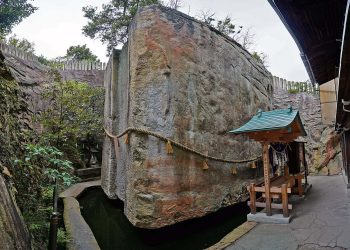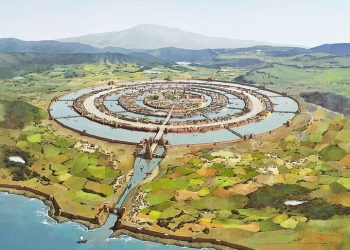One of the most fascinating ancient sites in the American continent is high up the Bolivian Altiplano. It is also not far from one of the most stunning lakes on Earth. South of Lake Titicaca and the ancient citadel of Tiahuanaco are the incredible megalithic ruins of Puma Punku. The site is fascinating for more reasons than one. First, it is home to massive stones. We have no idea how they managed to quarry, transport, and move them into position. Secondly, the site is massive, and the stones are scattered across a vast area. From an aerial perspective, it looks like the stones were thrown all over the place. It looks almost as if an ancient cataclysm destroyed the ancient site. However, this is not the strangest characteristic of the site. More importantly, the stones have unique properties. Analysis of the stones at Puma Punku has revealed they are magnetic in nature, and magnetic anomalies at the site are no strangeness.
Shrouded in mystery
Puma Punku is one of those sites shrouded in mystery. It represents an actual headache for mainstream experts who cannot explain how such a vast, complete, and intricate site was created between 1000 and 2000 years ago. Experts are still to fully understand how the ancient culture managed to quarry, cut and shape granite. It remains a profound mystery how the massive stones, some weighing over 50 tons, were transported and put into position. Furthermore, some of the stones are so intricately put together that not a single sheet of paper can fit in between them.
Magnetic anomalies
In addition to the many mysteries concerning the transportation and placement of the heavy stones, the magnetic anomalies at Puma Punku are fascinating. There are a couple of videos out there that show how unique Puma Punku is in this matter. Check out this video which takes you through the site and its stones, and see some of the curious magnetic anomalies.
Have something to add? Visit Curiosmos on Facebook. Join the discussion in our mobile Telegram group



